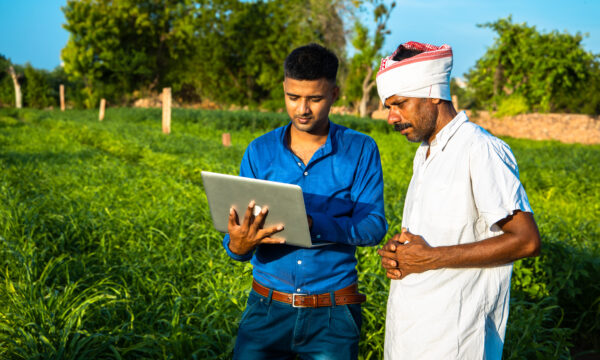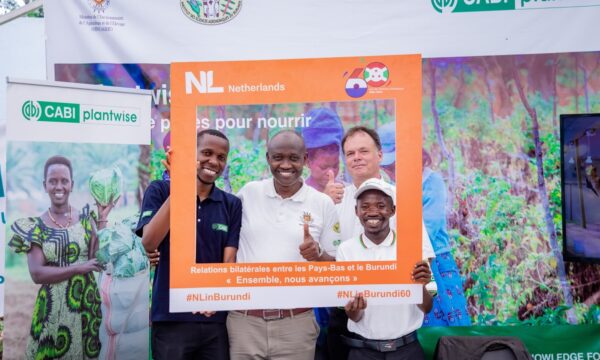
A remote microscope network enables people to get rapid identifications of plant pests from experts on the other side of the world © Johnny Greig / JISC
The Cooperative Research Centre for National Plant Biosecurity (CRCNPB) in Australia is developing a new way to share information on crop pests and diseases. In addition to providing diagnostic tools in the form of a database on plant pests similar to Plantwise’s Knowledge Bank, they have created an online remote microscope network, which “allows species experts to view and identify specimens in real time”. The network already extends to most Australian states, New Zealand, Indonesia and other parts of south-east Asia. The simplicity of the scheme means that many other countries could soon be involved too.
When a pest is found and can’t be identified locally, a microscope attached to a computer with an internet connection is used to show live images to experts who could be located anywhere around the world. This removes the need to send specimens away for identification and means that a wide range of people can be consulted in a relatively short amount of time. It also strengthens the links between non-experts and experts, and engages a diversity of specialists from taxonomic researchers to farmers to border inspection officers.
Being able to diagnose a pest or disease so quickly has positive implications for biosecurity. Alison Watkins, CEO of GrainCorp, a grain handling corporation that has successfully used the identification service, says that using this method can in some cases prevent facilities from being temporarily shut down as a biosecurity precaution because the pests can be identified so rapidly. This is obviously an economic benefit for farmers and food suppliers.
Rapid identification helps to target pests before they spread. The consultation between experts also leads to sharing of information on new pest threats within and between regions and countries. This becomes more and more important as globalisation facilitates the spread of plant pests and diseases along trade routes.
As this process only requires a microscope and an internet connection, diagnostic networks such as this one developed by the CRCNPB have the potential to be extended over many regions of the world. This would be a particular benefit to those regions that are very remote and are delayed in identifying pests because local expertise is scarce and specimens must be sent away to be identified. Further development of this technology will lead to remote control of microscopes and a more detailed database of diagnostic information. As access to the internet in developing countries improves, more people will be able to take advantage of this technique.
Sources:
The Australian (2011) Gary Kong: Digital Diagnostics. Available from: http://www.theaustralian.com.au/innovationchallenge/gary-kong-digital-diagnostics/story-fnakzr8k-1226199380447
CRCNPB Remote Microscope Network [YouTube video]
Related News & Blogs
Managing mango mealybugs
Mango mealybugs are one of the most important insect pests affecting mango production across tropical and subtropical regions in Africa and Asia. These sap-sucking insects not only reduce the quantity and quality of fruit but can also weaken trees over…
27 May 2025




